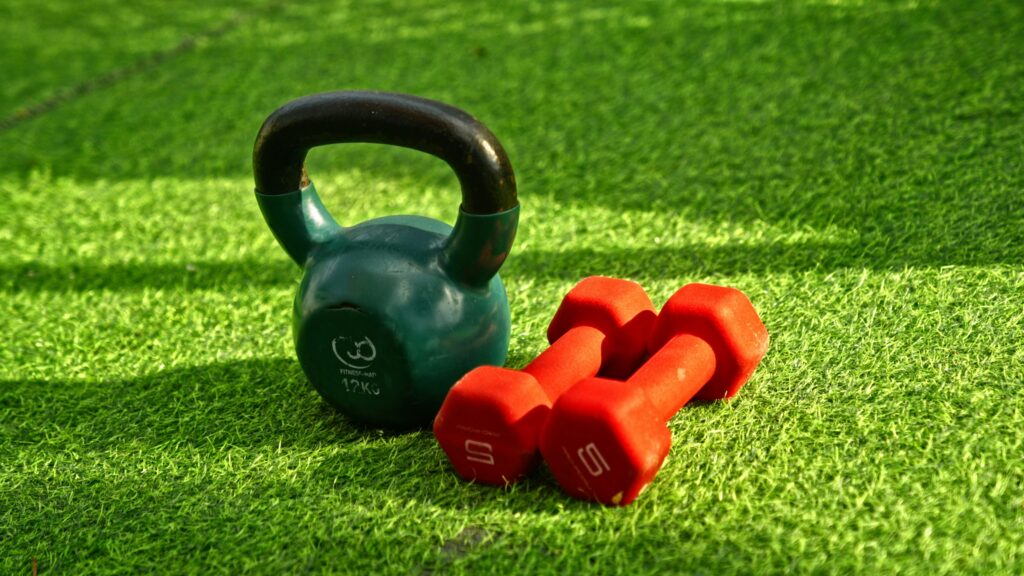The Science of Fueling Performance and Recovery
If you want to train hard and bounce back faster, what you eat matters. Your body doesn’t run on caffeine and hype alone. It needs fuel that supports output and recovery in equal measure.
Macronutrients are the building blocks. Protein helps repair muscle and build new tissue. Carbs feed your energy systems and keep intensity high. Fats are slow-burning fuel and support hormones you actually need to stay in the game. Skip one, and you’ll feel it sooner than later.
But there’s always the debate: is it more about when you eat, or what you eat overall? Truth is, total calories and balanced macros matter more. Nutrient timing—like pounding a shake right after a lift—can help, but it won’t fix an underfed body. If you’re training regularly, staying consistent with your intake is the bigger win.
Bottom line: Performance comes from smart fuel. If you’re serious about getting stronger, recovering faster, or just feeling better from session to session, your nutrition needs to work as hard as you do.
Timing matters. Eat too early, and you’ll be running on fumes. Eat too late, and your stomach will hate you mid-set. A solid pre-workout meal or snack should land about 60 to 90 minutes before you train. That gives your body enough time to digest and convert food into usable energy—without the sluggishness.
For energy and endurance, keep it simple. Fast-digesting carbs like a banana, slice of toast, or some quick oats give your body the fuel to move. Add a lean protein like a boiled egg, a scoop of Greek yogurt, or a bit of turkey breast to help your muscles perform and recover. It’s not about stuffing yourself—it’s about priming your system.
What to avoid? Heavy, greasy foods. Fats take longer to digest, and fiber-heavy meals like bran cereal can weigh you down or even upset your gut mid-workout. Save those for later.
Need some go-to ideas? Try half a peanut butter and banana sandwich, a small bowl of oatmeal with berries, or a hard-boiled egg with a piece of toast. If you’re in a rush, a protein smoothie with a banana and almond milk does the job. Quick, light, and effective. That’s the sweet spot.
The “Anabolic Window”: Myth or Strategy?
The so-called anabolic window — that short period after a workout where your body is supposedly primed to absorb nutrients — has been hyped for years. Some call it a golden 30-minute window. Others say it’s marketing more than science. The truth? It’s both. If you’ve trained hard, your body is more sensitive to nutrients post-workout. But that window may last hours, not just minutes.
What matters more than the clock is what you eat. Carbohydrates help replenish the glycogen you burned through during your session. Your muscles soak them up to restore energy. Protein, on the other hand, is your building block. It drives the repair and growth of damaged muscle fibers. Ideally, you want a mix of both. Think of it as refueling and rebuilding at the same time.
When should you eat? Sooner is better, but don’t obsess over the minute-hand. If you can eat within one to two hours after training, you’re set. That said, if your last meal was hours before your workout, you’ll want to eat sooner.
Need some quick recovery meal ideas? A few options: a chicken and rice bowl, Greek yogurt with fruit and honey, or a protein shake with a banana and oats. Simple, balanced, and made to help your body bounce back.
Consistency beats panic. You don’t need to sprint to the kitchen right after your last rep, but do have a plan. Your future workouts will thank you.
When it comes to timing your nutrition around workouts, a little planning goes a long way—especially if your schedule demands early mornings or late-night sessions.
Early morning workouts can be tricky if you’re short on time. You need something quick, light, and digestible that won’t sit like a rock mid-squat. A banana with a spoonful of peanut butter, half a protein shake, or a slice of toast with honey gives just enough energy to push through without slowing you down.
Evening workouts demand a different strategy. Fuel first if there’s time—maybe a light dinner an hour or two beforehand. But if you’re training late, focus on recovery foods that won’t disrupt your sleep: a small serving of Greek yogurt with berries, or a protein shake with almond milk. Skip the heavy stuff and avoid caffeine.
Then there’s the fasted workout debate. Training on an empty stomach has been hyped for fat loss, but the science is a mixed bag. Some studies show minor differences in fat oxidation, but performance tends to dip without fuel. If maximum effort is your goal, it’s best to eat something. If you’re used to fasted sessions and feel fine, carry on—but monitor how your body responds.
For more context, check out Understanding Intermittent Fasting – Benefits and Risks.
Nutrition doesn’t need to be complicated. What works best isn’t the perfect meal plan, it’s consistency. Building good eating habits and sticking to them beats chasing magic hacks every time. Most of your meals should revolve around whole, balanced foods—think lean proteins, complex carbs, healthy fats, and fiber. No need to be perfect, just be consistent.
Your diet should match your training. If you’re chasing strength, up the protein. Going for endurance? Boost your carbs. Trying to pack on size? Eat more, but don’t ditch quality. Timing your meals around workouts can help you recover faster and push harder, but don’t overthink it. What you eat, day in and day out, matters more than when you eat it.
Health and performance are built in the kitchen just as much as the gym. Keep it sustainable. Keep it simple.
